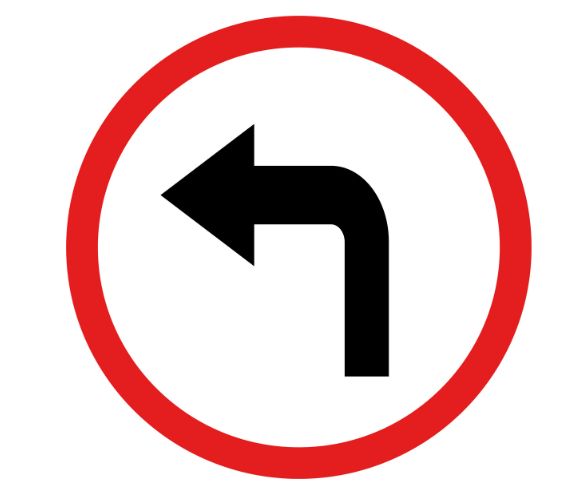Houston Car Accident Lawyers > Articles > Auto Accidents > Passing Collisions at Unprotected Left Turns
Passing Collisions at Unprotected Left Turns

“Car hit me while I was turning left…” Let’s talk about who is at fault when a car turns left colliding with a car that is trying to pass from behind. Otherwise known as unprotected left hand turns.
Accident when car turned left in front of me…
In many states, drivers that make left-hand turns are expected by law to yield to oncoming vehicles in situations where there are no traffic lights or stop signs. Most of the time the driver that made the left-turn is often found at fault if there was a collision.
In rare instances, the driver that made the left-turn is not found to be at fault for the collision. An experienced car accident lawyer can investigate the auto accident and help you identify the at-fault party.
Texas Transportation Code Sec. 545.152
To turn left at an intersection or into an alley or private road or driveway, an operator shall yield the right-of-way to a vehicle that is approaching from the opposite direction and that is in the intersection or in such proximity to the intersection as to be an immediate hazard. Full statute at https://casetext.com/statute/texas-codes/transportation-code/title-7-vehicles-and-traffic/subtitle-c-rules-of-the-road/chapter-545-operation-and-movement-of-vehicles/subchapter-d-right-of-way/section-545152-vehicle-turning-left
Facts About Left-Turn Accidents
Traffic laws in most states require you to yield to oncoming traffic if you are making a left turn. So, before you make a left turn, you must ensure that the road is clear of traffic and other obstacles before you cross the road.
Texas Transportation Code Sec. 545.155
Sec. 545.155. VEHICLE ENTERING HIGHWAY FROM PRIVATE ROAD OR DRIVEWAY. An operator about to enter or cross a highway from an alley, building, or private road or driveway shall yield the right-of-way to a vehicle approaching on the highway to be entered. Full Statute at https://statutes.capitol.texas.gov/Docs/TN/htm/TN.545.htm#:~:text=545.155.,the%20highway%20to%20be%20entered.
If you see oncoming traffic when making a left turn, wait for the traffic to pass before you complete the turn. Turning when there is oncoming traffic will put you at-fault if an accident occurs.
Left-Turns Are Dangerous
 Making a left-turn maneuver on busy roads can be dangerous. This is because you have to make many decisions in a brief period of time and these decisions have the potential of becoming catastrophic.
Making a left-turn maneuver on busy roads can be dangerous. This is because you have to make many decisions in a brief period of time and these decisions have the potential of becoming catastrophic.
You have to decide how fast the oncoming traffic is going, whether or not the other drivers are driving safely, and so on.
So, making a left turn requires you to make many judgment calls that would be difficult to make if you are intoxicated, distracted, or just tired.
You also have to cross at least one lane of traffic which can be dangerous. Most of the time crossing a lane or lanes means that you are going to disturb the flow of traffic.
You also have a blocked or limited view of oncoming traffic when making a left turn. This is why accelerating when making a left-turn can lead to a collision with pedestrians or other vehicles that you didn’t see coming. The best thing to do would be to use turn signals to show other road users where you intend to go.
You need to pay attention to oncoming drivers in three different directions to avoid a catastrophe.
Why Drivers Making A Left Turn Are Not Always At-Fault
Determining Fault – Car Accident Left Turn…
The driver making a left-turn may be found to not be at-fault in the following situations:
- Unforeseen circumstances: An animal may suddenly cross the road just when you are turning or some other unforeseen circumstance may occur. This could easily cause an accident,
- The other driver did not yield to the traffic light: If the oncoming traffic ignores the traffic light requiring them to stop, then the driver making a left-turn may not be found to be at-fault for the resulting accident.
- Speeding: In situations where oncoming traffic is moving too fast when you are making a left-turn, you may not be considered liable if an accident occurs. But it can be difficult to prove that an oncoming driver was moving too fast.
- Careless drivers: Sometimes an accident occurs when a driver is making a left-turn because an oncoming driver was violating traffic rules. For example, the oncoming driver may be intoxicated or driving illegally.
